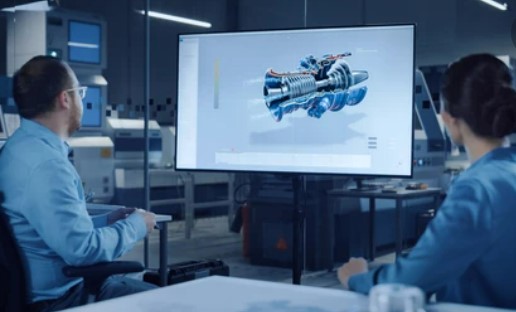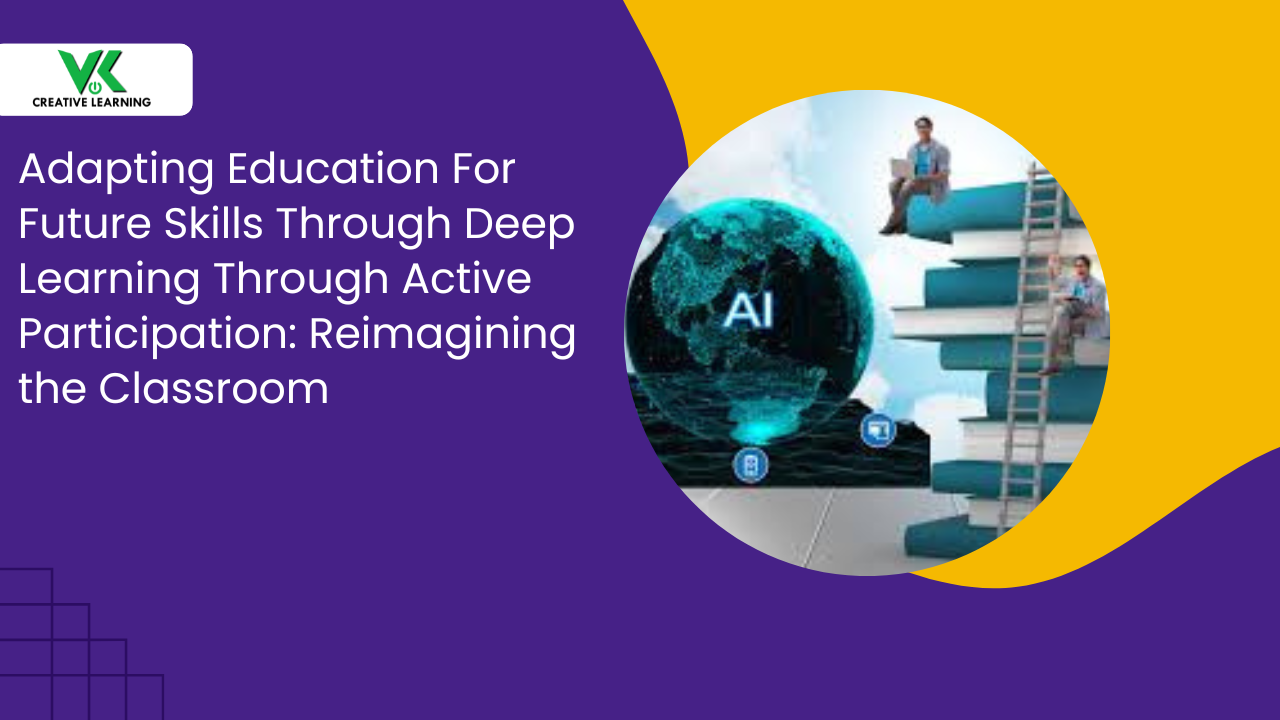Animation in eLearning for fostering Learning and Retention
November 24, 2022
Animation in eLearning is slowly becoming one of the most sought-after technologies in various industries, as it renders a host of benefits. This is because animation can be used to enhance a learner's understanding of a concept, while simulation can help them apply that knowledge to a real-life scenario.
In this blog post, we'll explore why to use animation in eLearning solutions; how to use animation for better retention; why to use 2D and 3D animation in eLearning, and 2D and 3D animations in VR and AR eLearning solutions.
Why use animation in eLearning courses?
Animation can be used in eLearning to help learners understand complex concepts, and provide an engaging and interactive experience. It can help to bring concepts to life and make them easier to understand, as well as to make eLearning more engaging and fun.
Animation can also be used to create simulations and games which learners can use to practice what they have learned.
Cognitive learning:
Cognitive learning is the process of acquiring knowledge and understanding through thought, experience, and the senses. It is a type of active learning that occurs when learners interact with their environment to make meaning of the information they are presented with.
Animation can be used as a tool to support cognitive learning by providing visual cues that help learners process and remember information. For example, animation can be used to highlight key concepts, illustrate processes, or provide concrete examples.
Animation can be a powerful tool to help students learn cognitively by providing a visual representation of concepts. This way learners can understand complex ideas and relationships between different situations.
Thus, with animation, learners would acquire knowledge and understanding through thought and reasoning. It is a type of active learning wherein learners would engage with the material and think critically about it.
Psychological motivation:
Psychological motivation is the desire to engage in certain behaviors in order to achieve specific goals. This type of motivation is often driven by factors such as need satisfaction, reinforcement, and situational factors. Animation can be used as a tool to support psychological motivation by providing learners with a sense of progress and achievement as they complete tasks or reach milestones. For example, animation can be used to show learners how far they have progressed through a course or how close they are to completing a task.
How to use animation for better retention?
When we learn using text, pictures, and audio together, we can remember the information more easily and recall it when we need to.
Thus, when used wisely, animation can help to simplify complex topics, make dry subjects more interesting and help them to remember what they have learned. In fact, some research studies suggest that visualization helps to retain what we have learned and animation helps in visualizing concepts for better understanding. This is one of the reasons why multimedia animation learning is effective.
When deciding how to use animation in your eLearning courses, it is important to consider your objectives and the needs of your learners. Ultimately, the decision of whether or not to use animation in eLearning comes down to what will work best for your specific course goals.
For example, if you are trying to teach a complex concept, animation can be a great way to break down the information and make it more digestible for learners. If you are looking to create an engaging and interactive experience, animation can be a great way to add excitement and energy to your course.
You should also see to it that the animations are not too long or complex and that they complement rather than replace other instructional elements such as text and audio. But when used correctly, animation can be a powerful asset in any eLearning course.
2D and 3D animations
2D and 3D animations can be used in e-learning courses to add an extra dimension of realism to the learning experience.
By using 2D animation in e-learning courses, learners can gain a better understanding of complex concepts and procedures.
3D animations can add a lot of interest and engagement to an e-learning course. When used properly, they can help to illustrate concepts in a way that traditional text and images cannot. By using three-dimensional animations, learners can be transported into virtual worlds where they can interact with objects and characters.
2D and 3D animations can also be used to create simulations of real-world scenarios. For example, learners could be placed in a virtual hospital room and asked to perform tasks such as caring for a patient or administering medication.
2D and 3D animations in VR and AR eLearning solutions
2D and 3D animations can be incorporated into eLearning courses using Virtual Reality (VR) and Augmented Reality (AR) technologies to offer a realistic view of the actual scenarios.
1. Virtual Reality eLearning:
Virtual reality (VR) can provide a realistic and immersive experience that can be used for training, education, and other eLearning purposes. VR can transport learners into lifelike 3D environments where they can interact with objects and people, providing a more realistic and engaging learning experience.
Thus, Virtual Reality (VR) offers a simulated experience that can be similar to the real world. VR can be used in different interesting ways, from teaching empathy to medical students to giving employees realistic, hands-on training experiences.
2. Augmented Reality eLearning:
Augmented reality (AR) adds digital components or overlaps digital data over a live view. AR technology is usually incorporated in handheld devices like tablets or mobiles and their camera can be used to understand real-world objects. Augmented reality (AR) is similar to VR but instead of transporting the learner into a completely virtual environment, AR overlays digital information onto the real world. This can be used to enhance the learning experience by providing relevant information in context or to create immersive and interactive simulations.
AR can be used in many ways such as providing step-by-step instructions for hands-on tasks, bringing 2D illustrations to life, and enhancing lectures with 3D visuals.
Conclusion:
Overall, animation can be a very effective tool in eLearning courses to help promote learning and retention. When used effectively, it can help engage learners and make complex concepts easier to understand.
If you are considering using animation in your eLearning course, we, at VK Creative Learning (VKCL), can help you to create awe-inspiring animations that will help you to achieve your desired learning outcomes.
We have a team of experienced animators who can create engaging and visually appealing animations that will capture your learners' attention and help them to retain the information being taught.
Not only do we create stunning animations, but we also ensure that they are aligned with your course goals and objectives. This way, you can be sure that your learners will be able to apply what they have learned in their real-world work environment. If you would like to learn more about how we can help you to use animation in your eLearning course, please do not hesitate to contact us. We would be more than happy to discuss your specific animation needs and requirements in eLearning training programs or courses.




